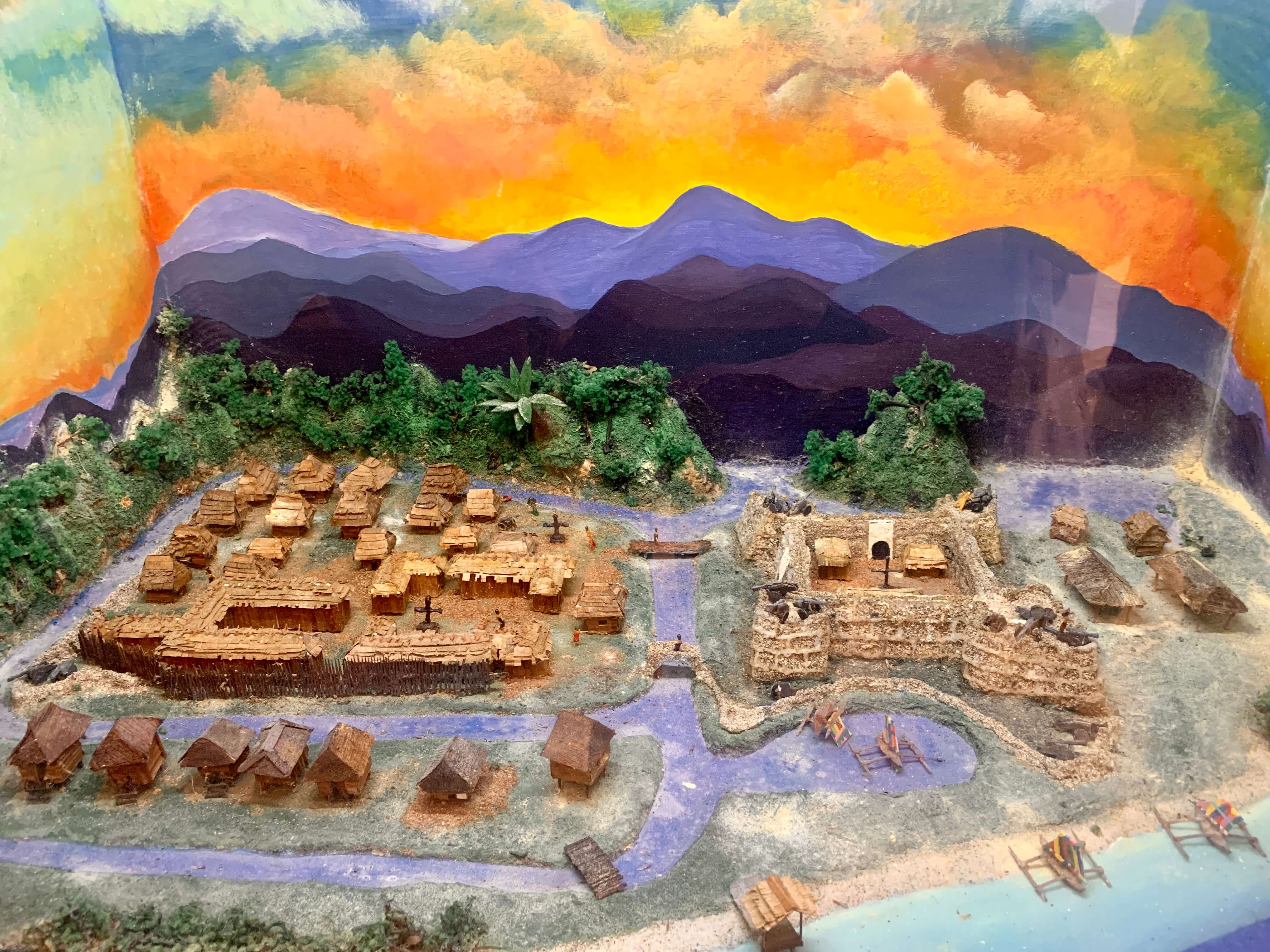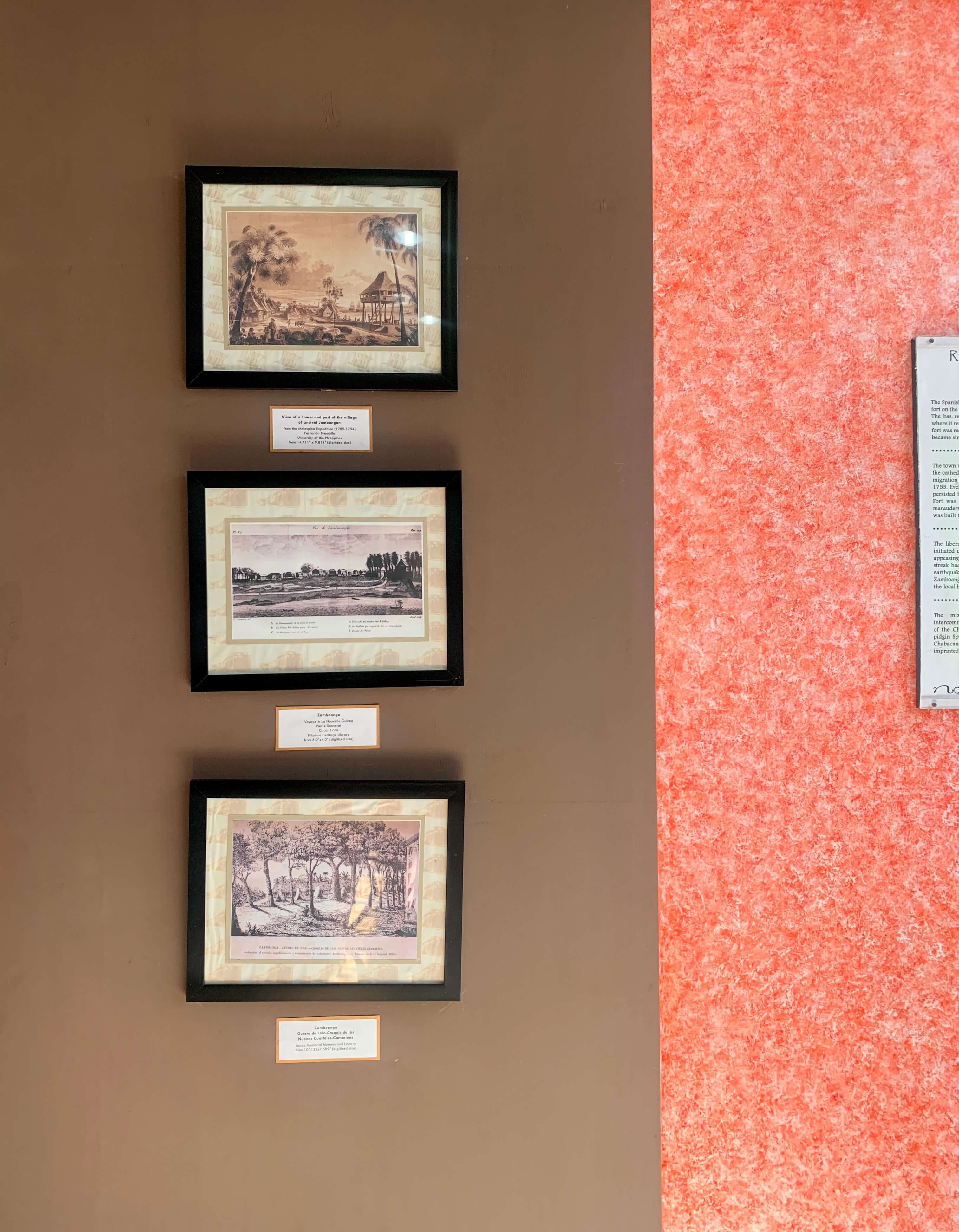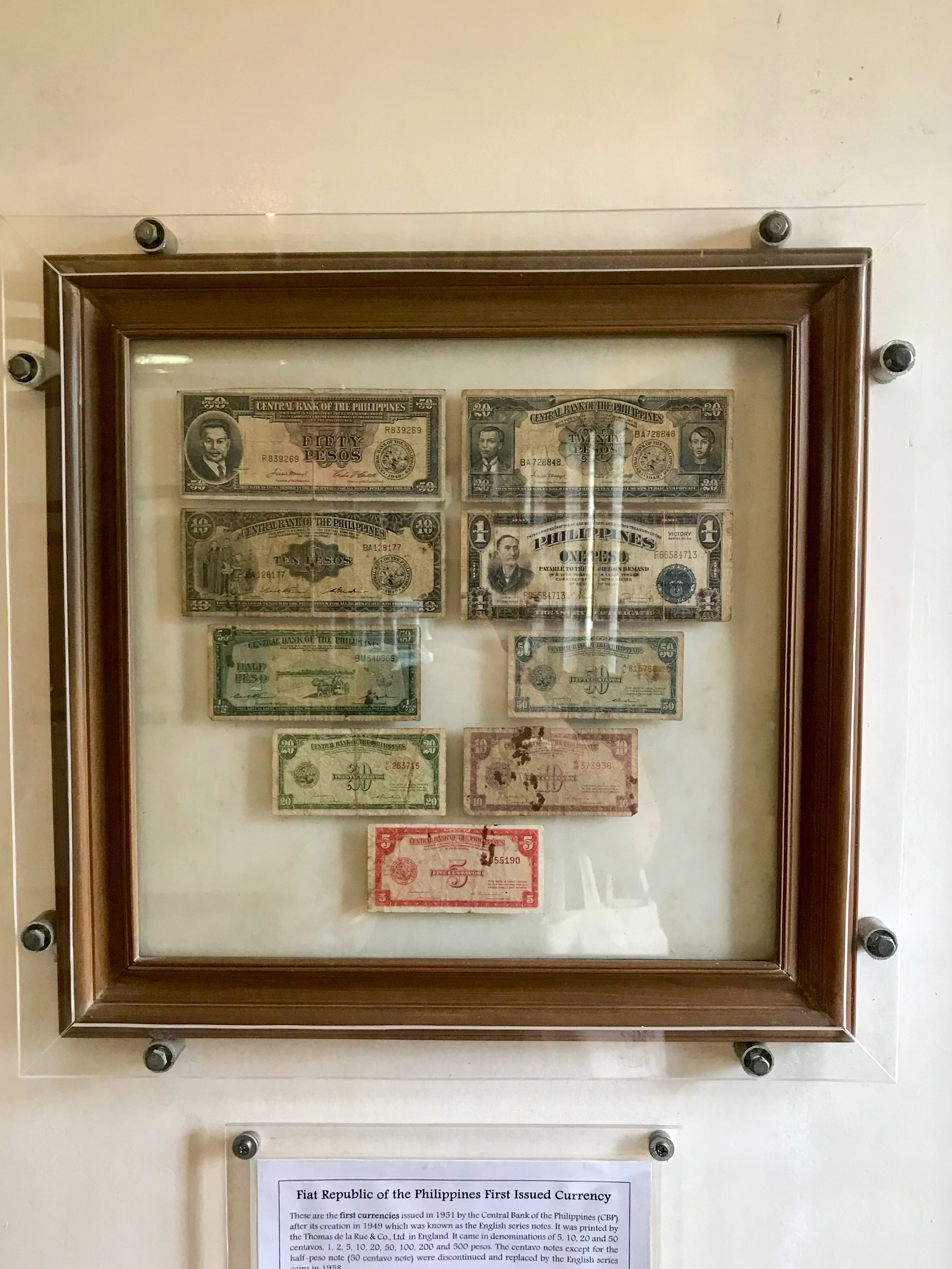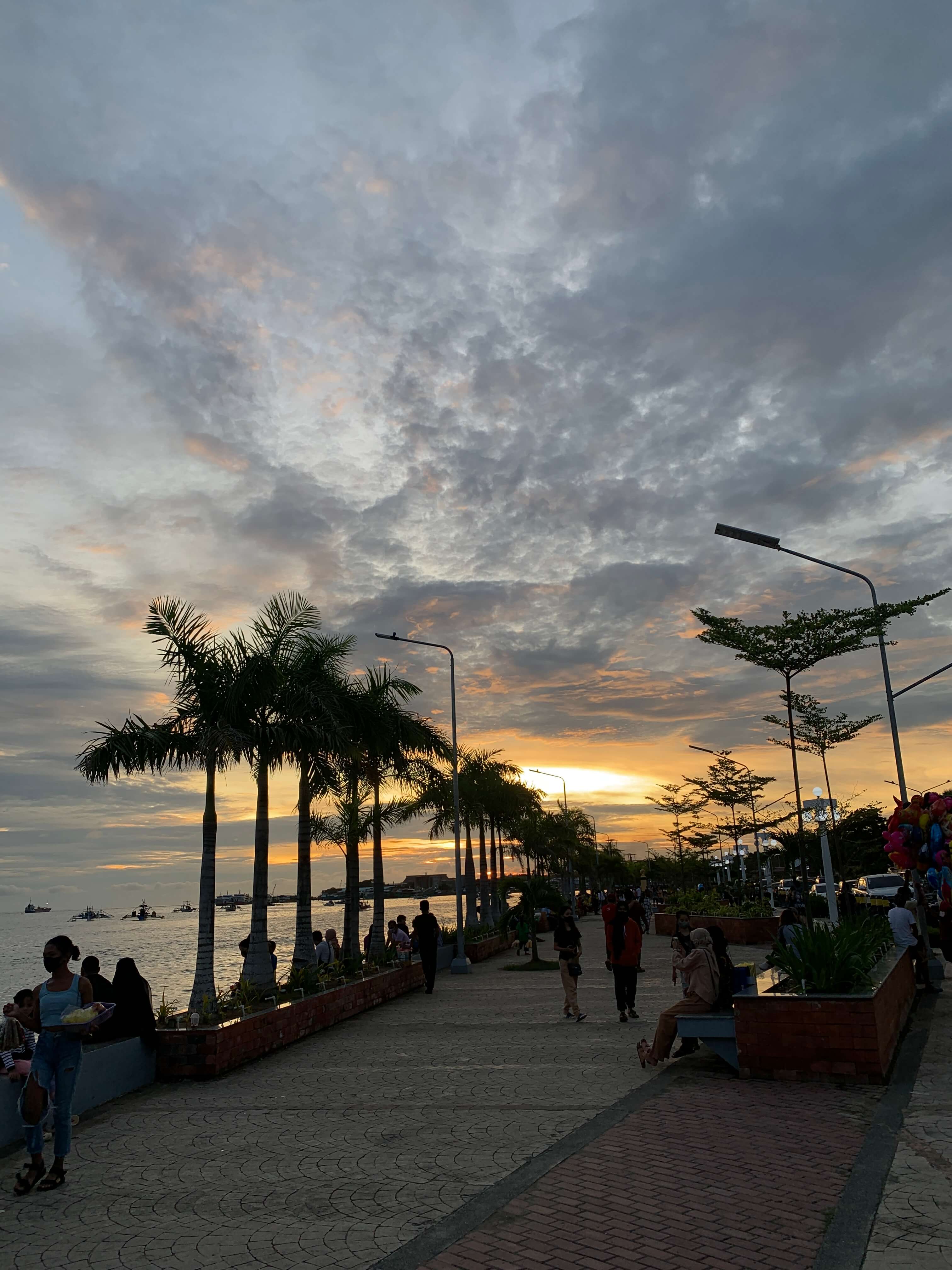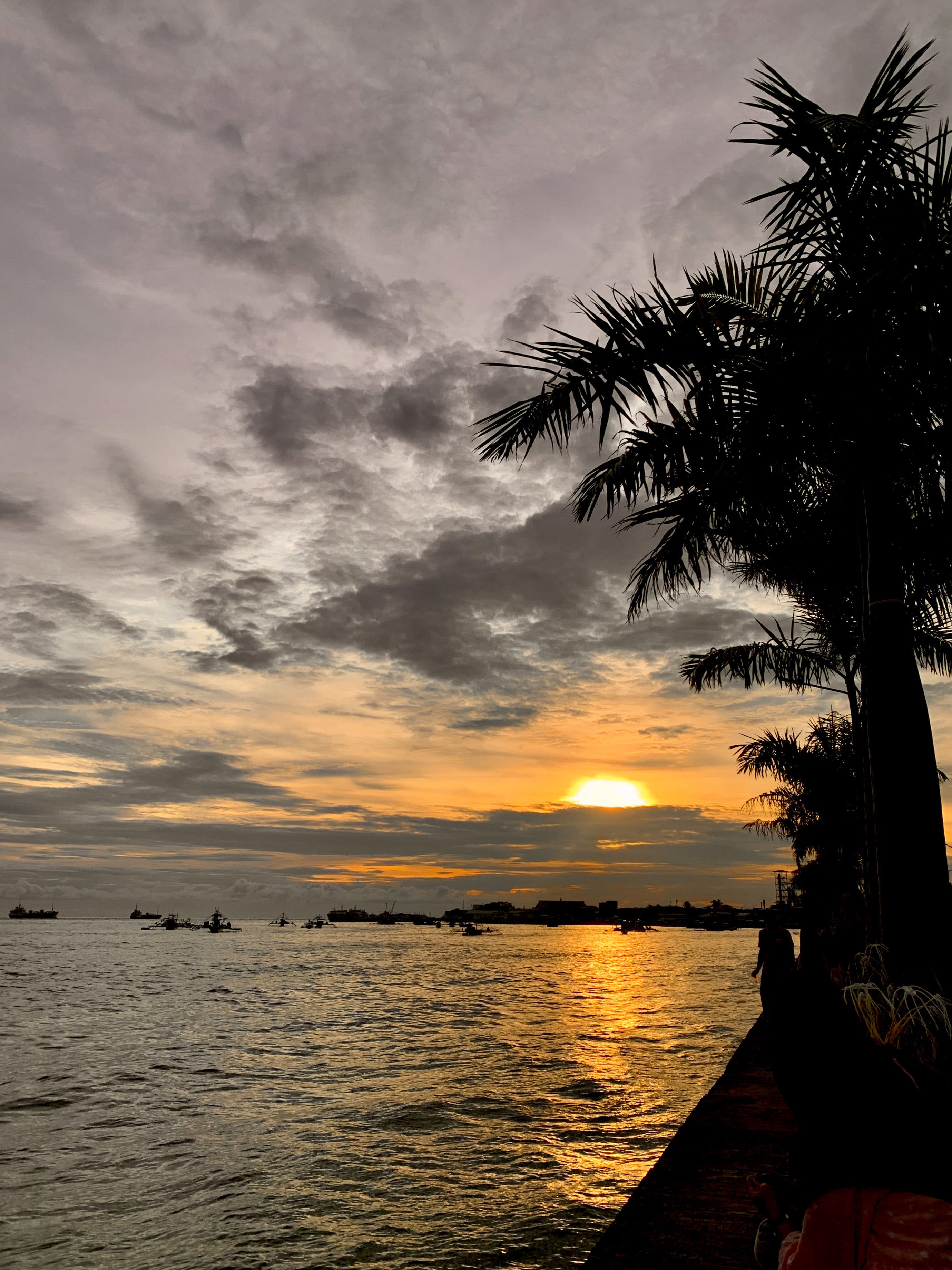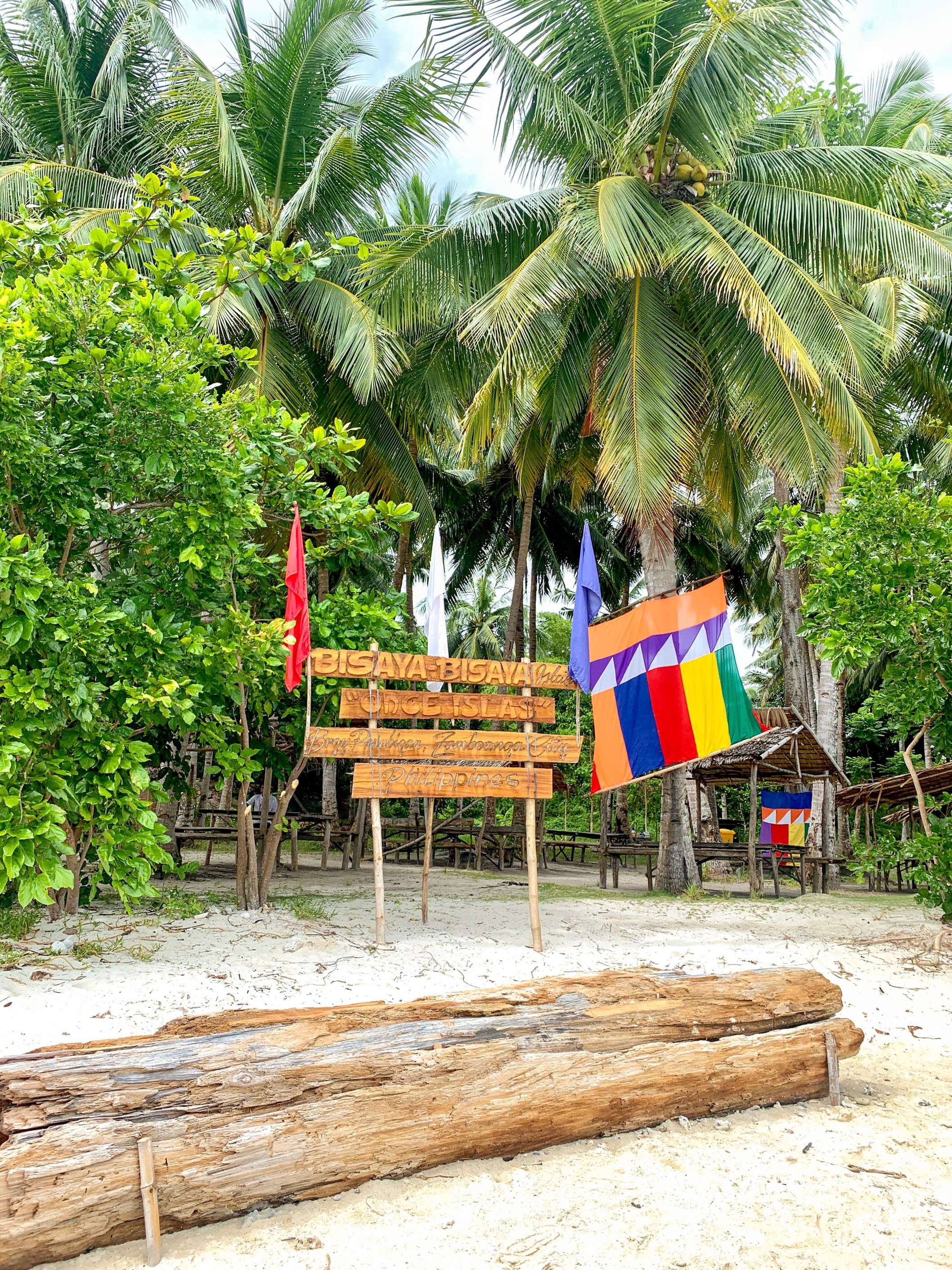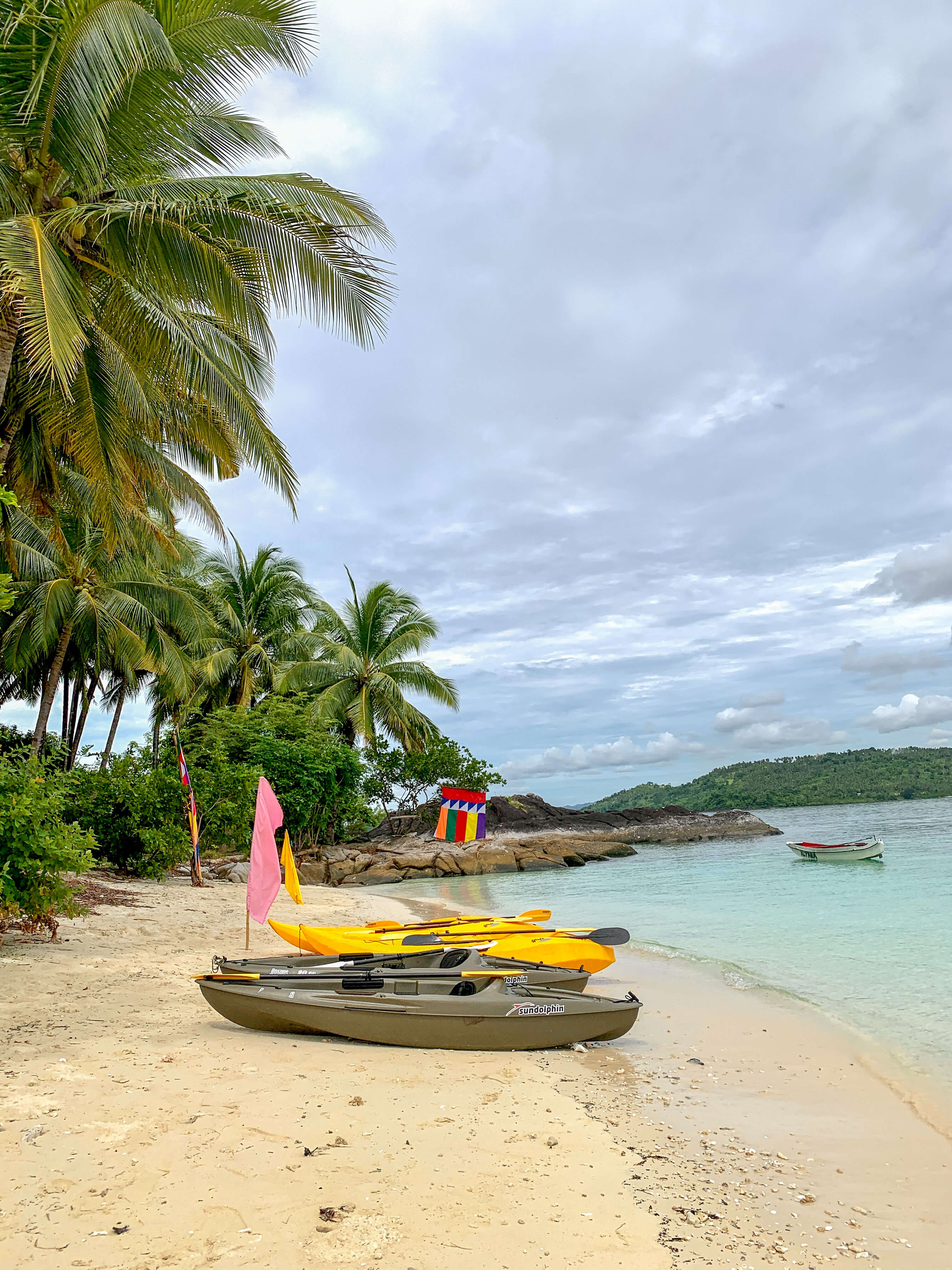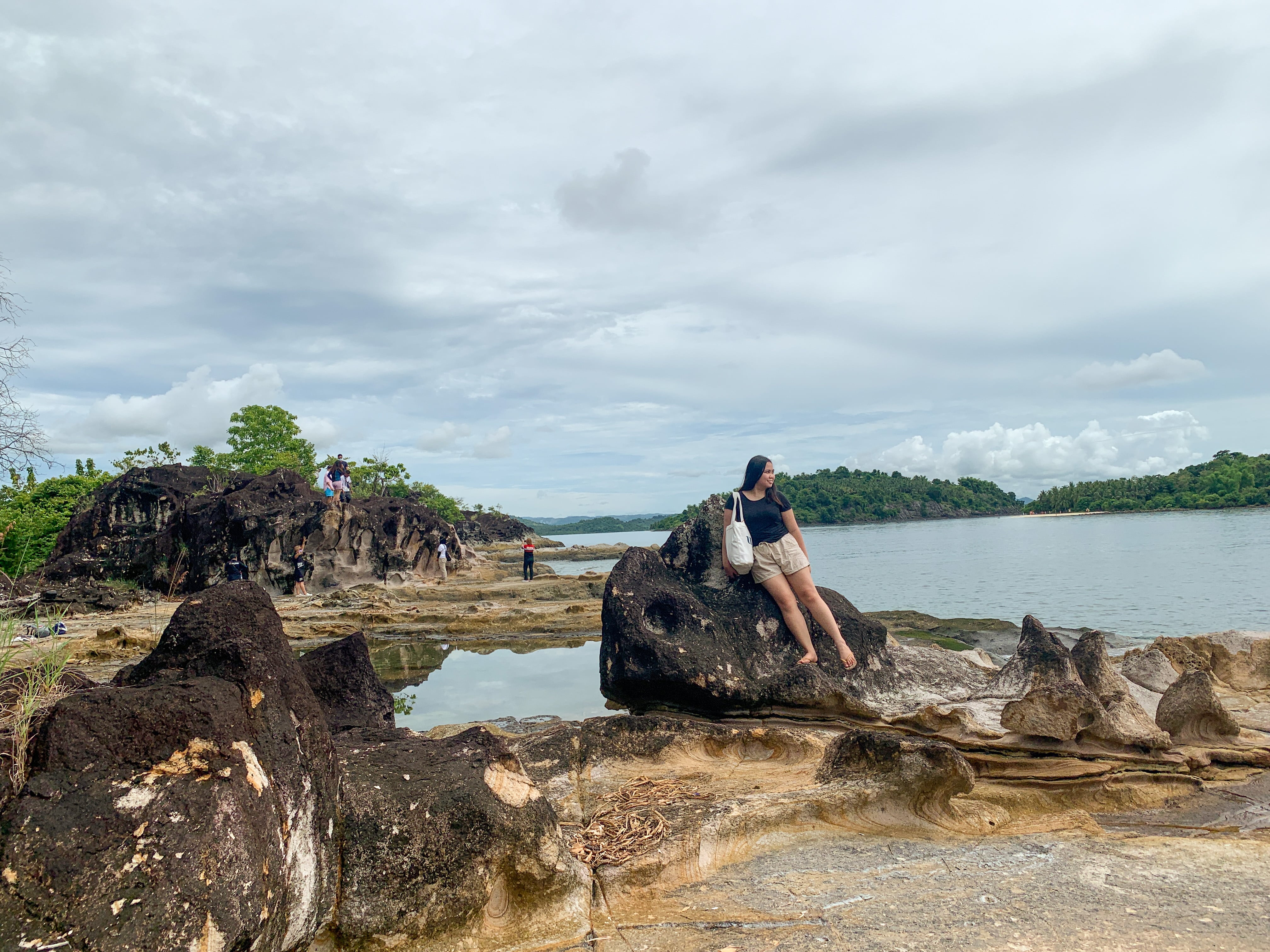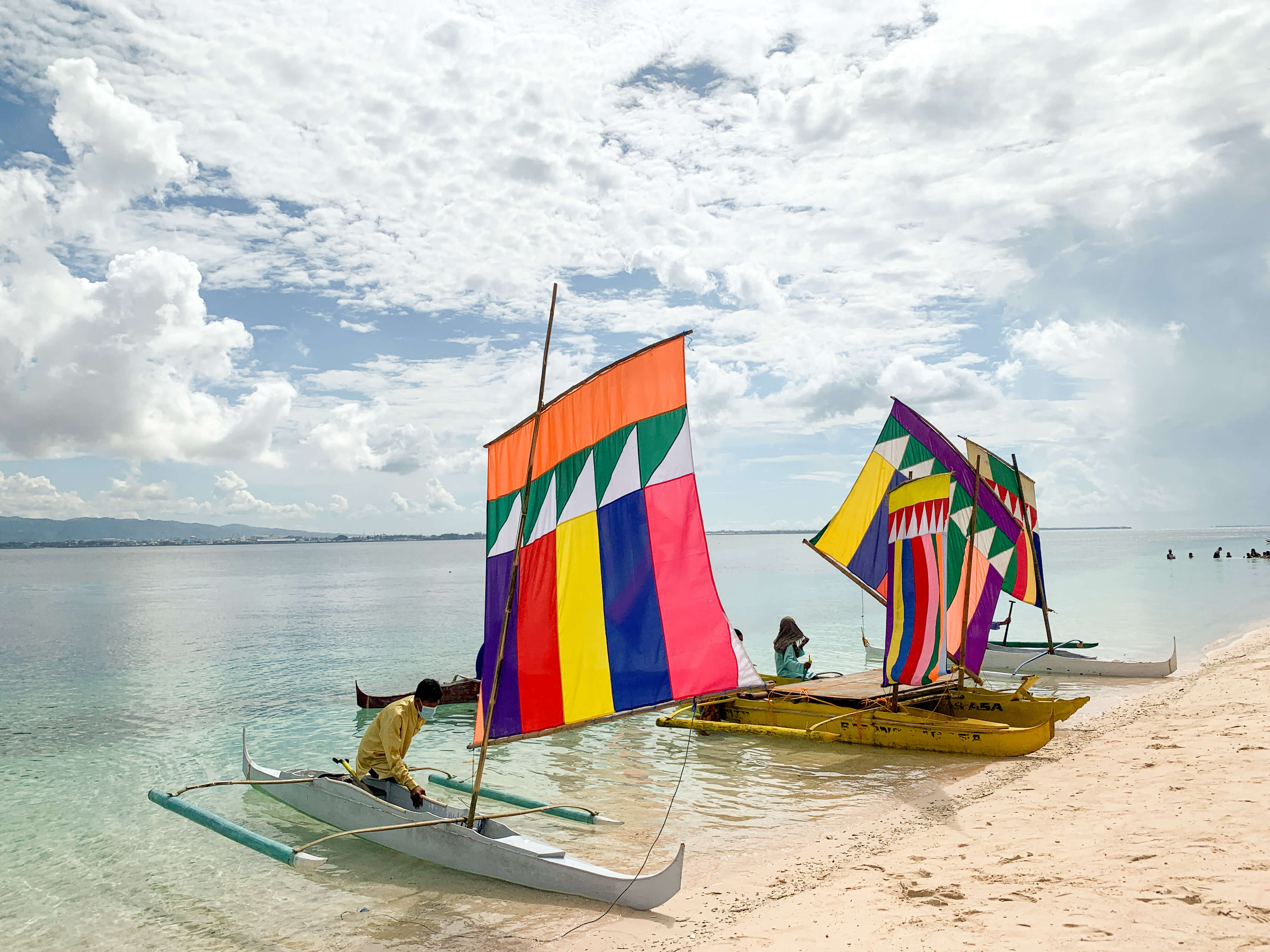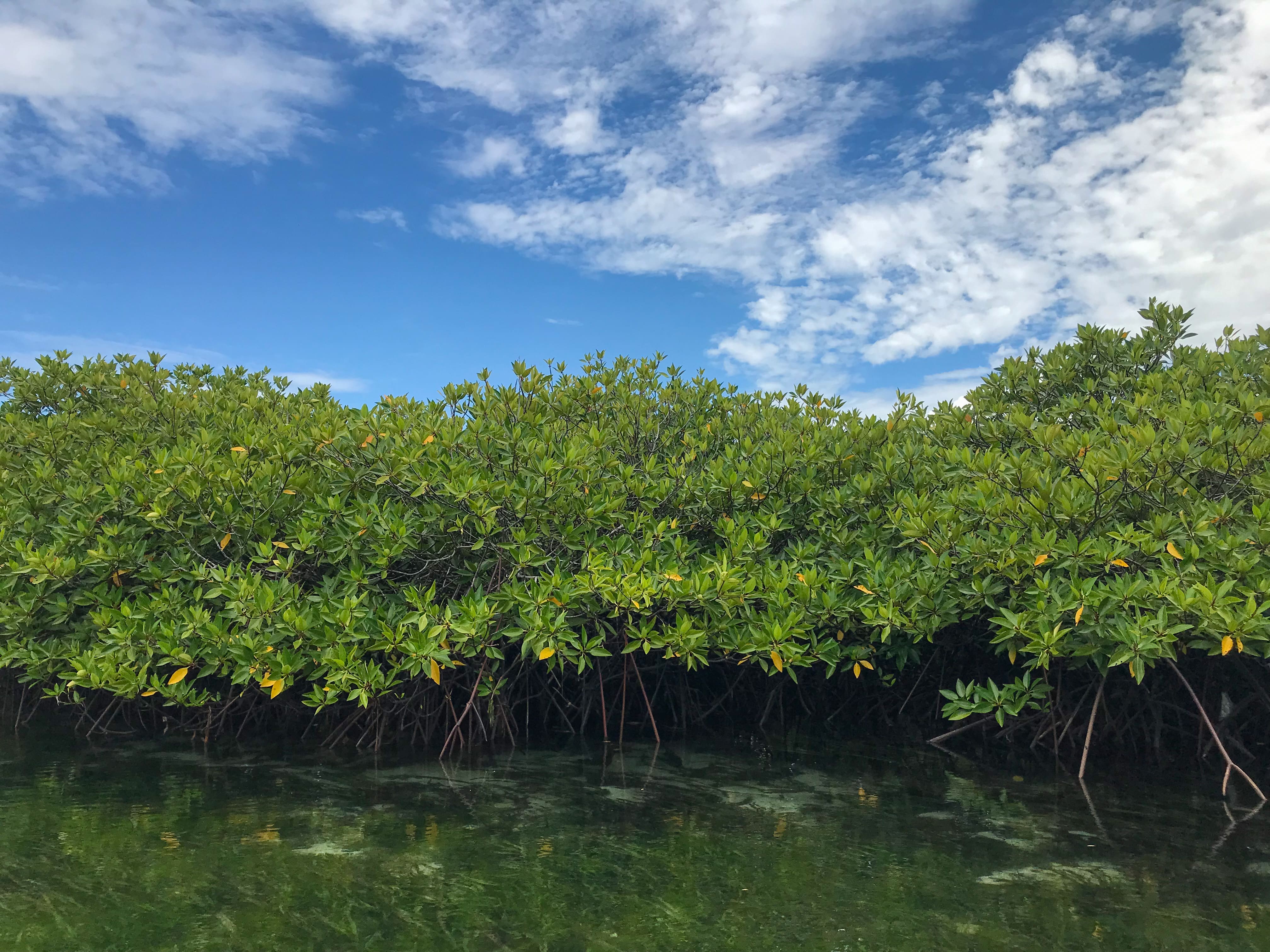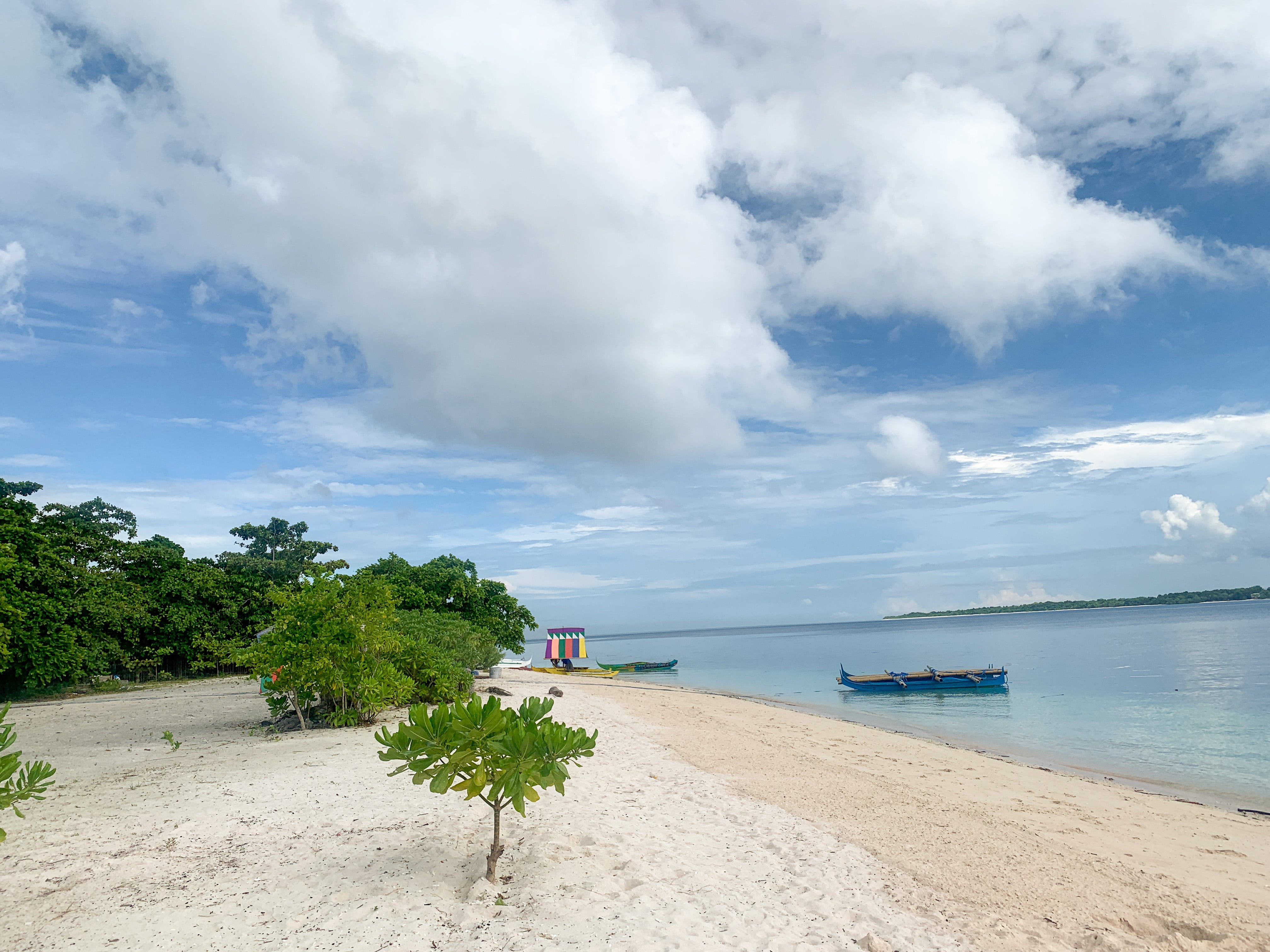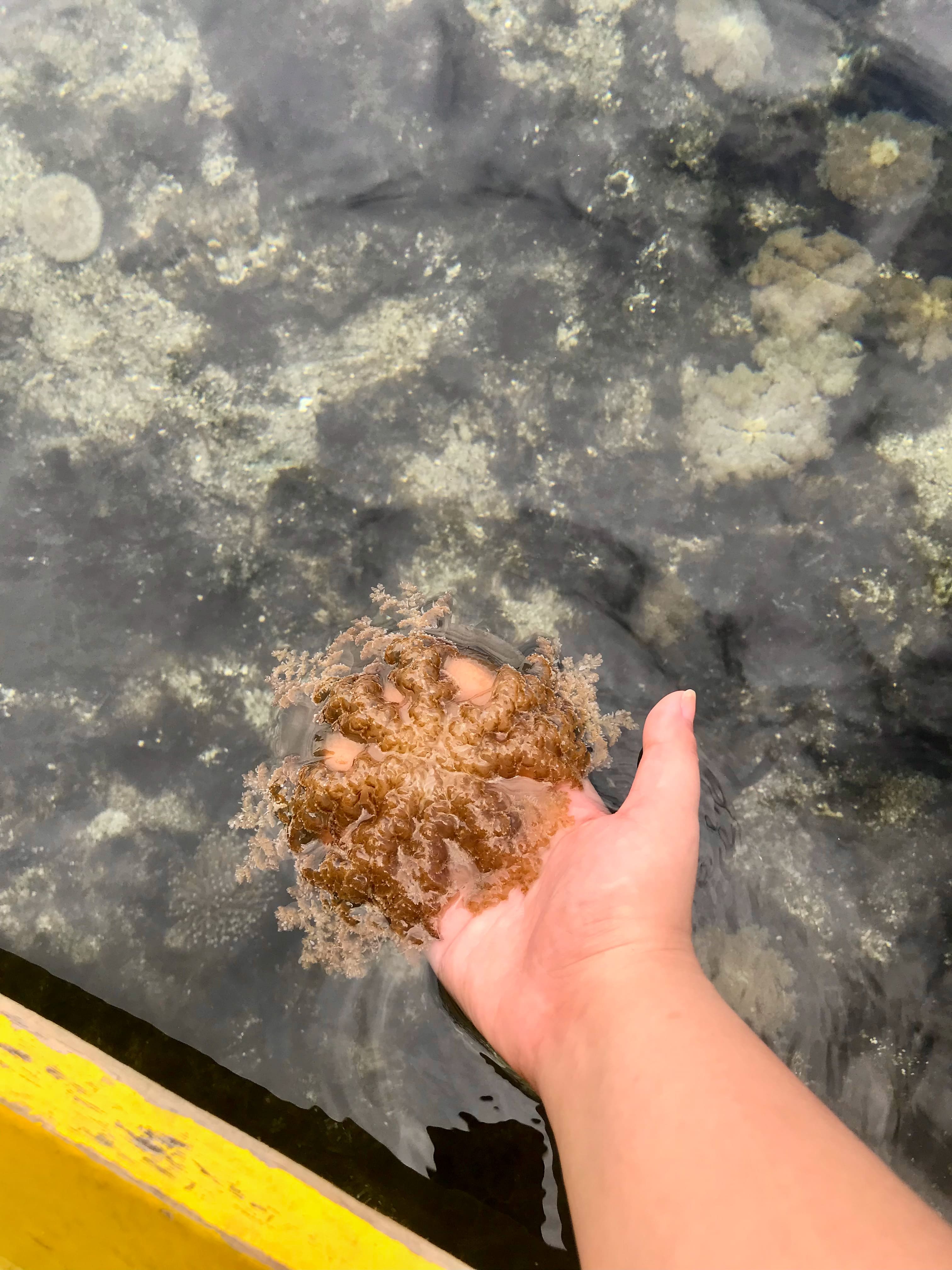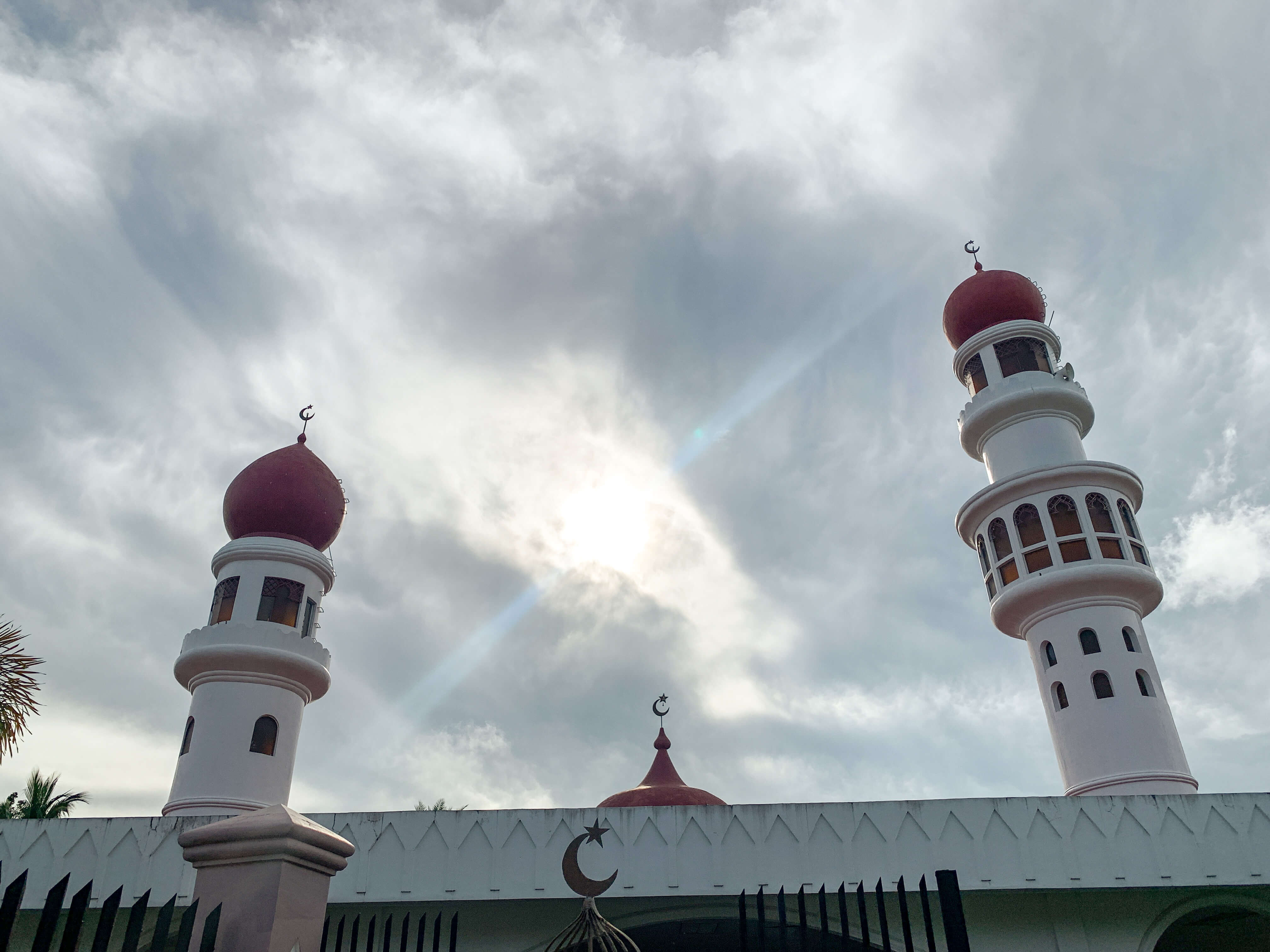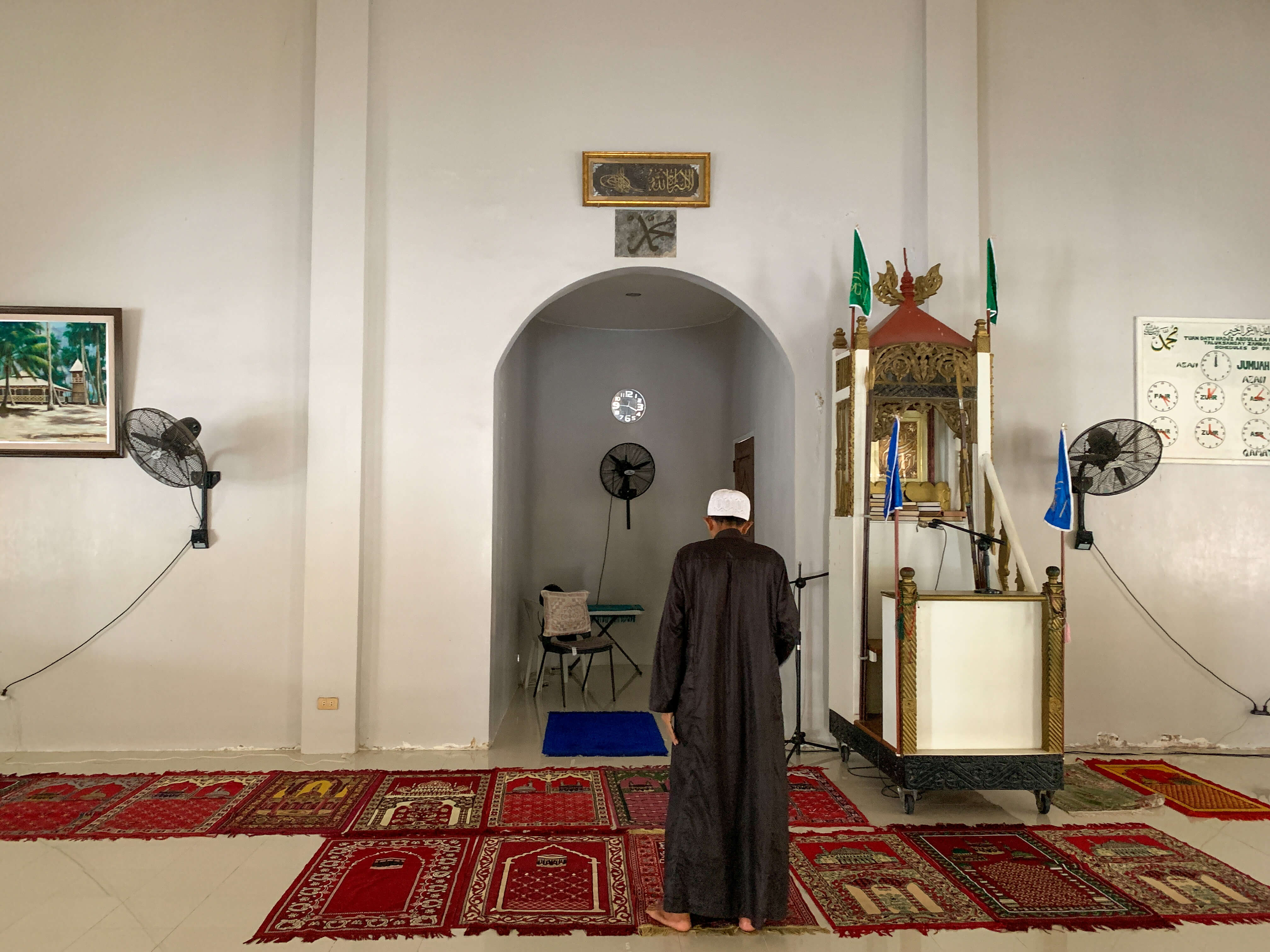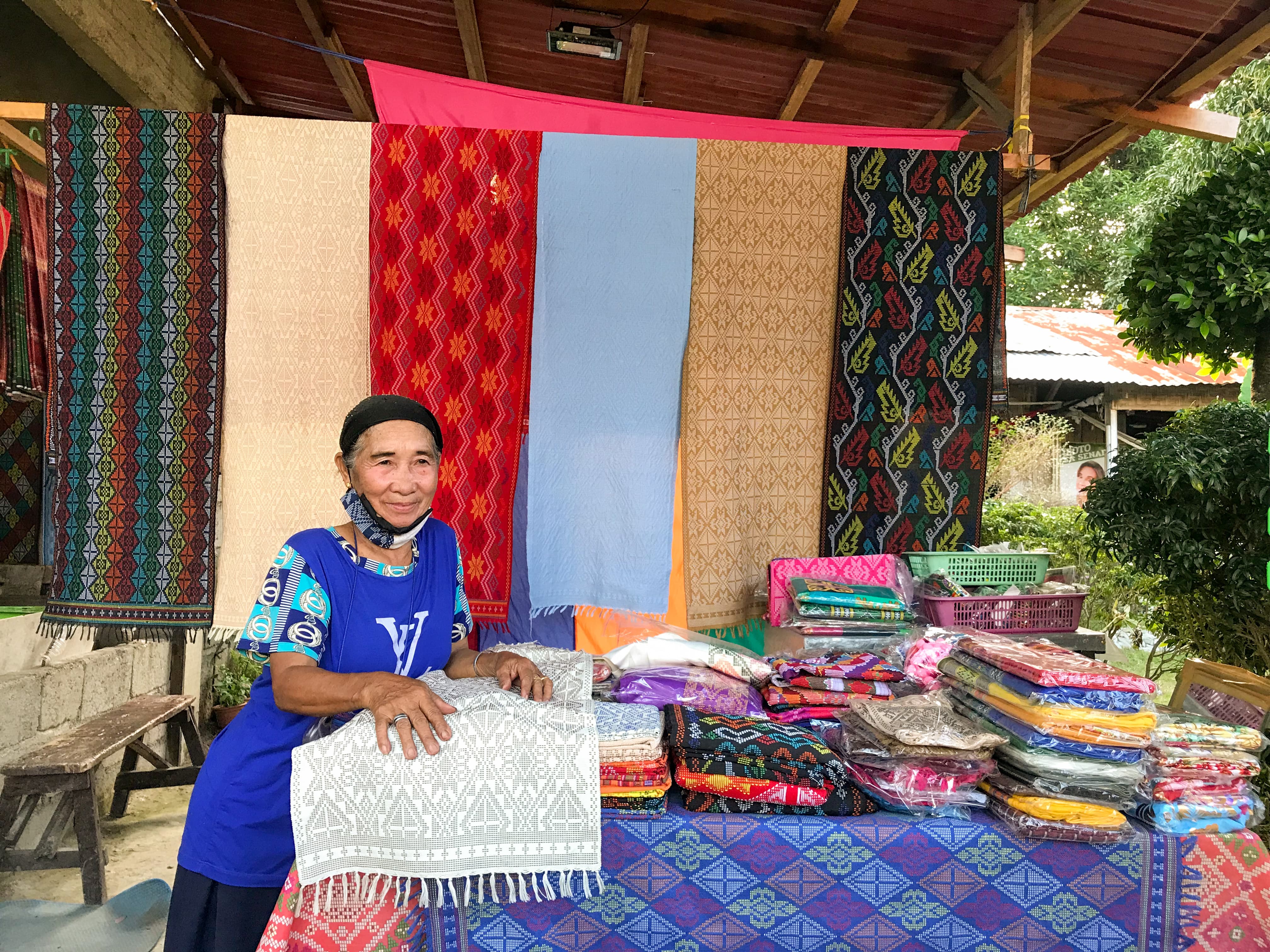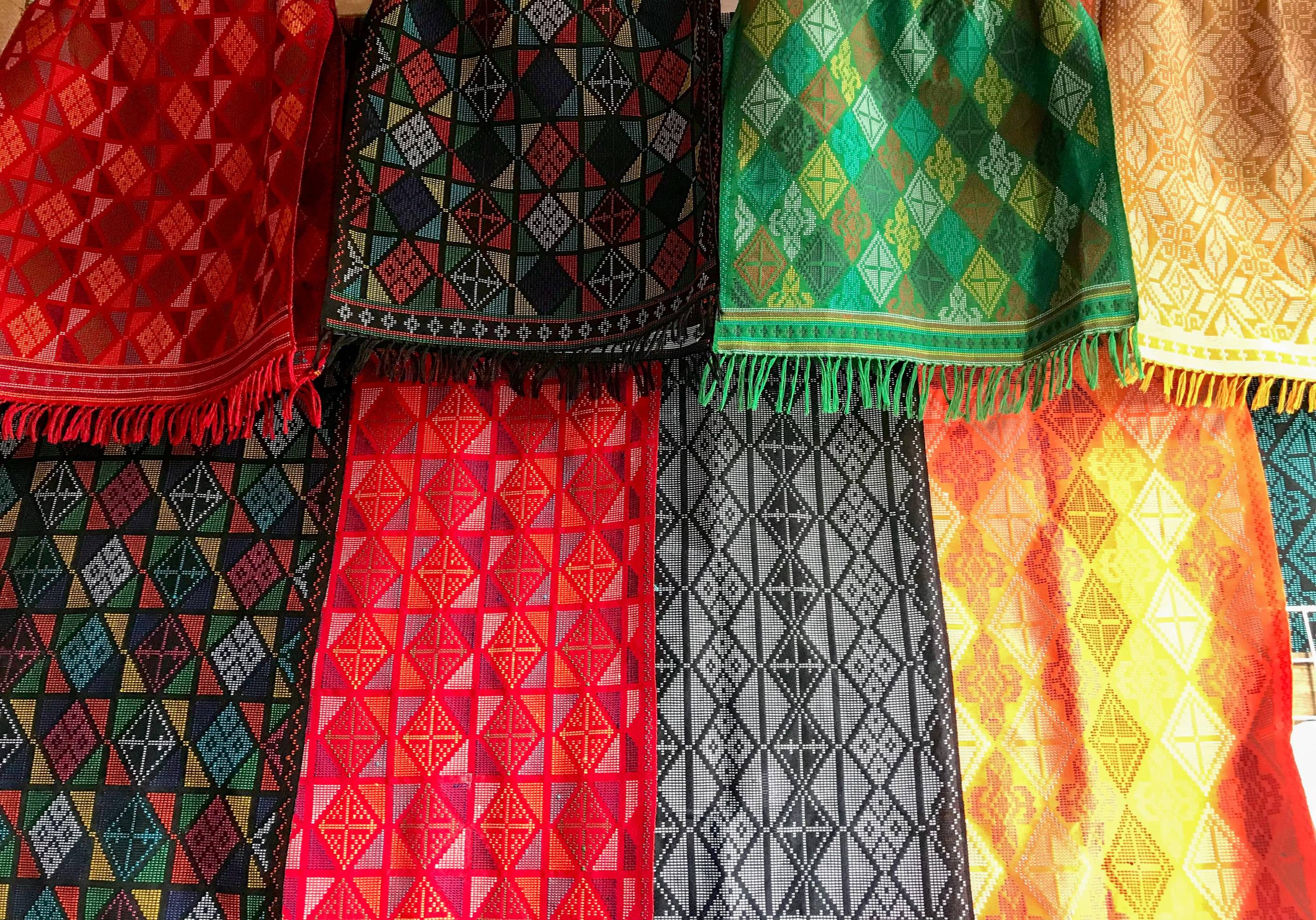Zamboanga City: What makes this historic and cultural haven a must-visit for hodophiles
Zamboanga City is a historic and cultural haven where you can witness everything at once. As soon as you enter the city, you’ll be greeted by a melting pot of Spanish, Malay, and Muslim cultures, colorful vintas and woven fabrics, delectable meals, and heartwarming communities from different walks of life.
Hodophiles—or someone who loves to travel—will be swayed by the adventure that Zamboanga City brings. When you explore its beauty, you’ll find yourself immersing in its unique heritage and admiring its distinct identity. Think of it as a journey that’s filled with many stories to tell.
Perhaps, my favorite part of Zamboanga City is experiencing the multifaceted parts of its past, present, and hopeful future in one trip. The adventure can be described as my everyday, workaholic self entering a new place unaware of what’s about to happen—only to return home somehow calmer but with a broader perspective of what lies beyond my own world.
If you’re seeking a travel experience packed with history and culture, Asia’s Latin City is the best place to go. Here are some of the reasons why.
A walk through time
Exploring Zamboanga City feels like going through the pages of a history book with many of its landmarks standing as a reminder of the past. The city takes its heritage seriously, and it does so by preserving the fragments of its beginnings.
A fitting example can be seen at the sprawling Zamboanga City Hall. The building was built from 1905 to 1907 by the US Federal Government as the headquarters of its regional arm in the Moro Province. Today, it seats as the home of its local government.
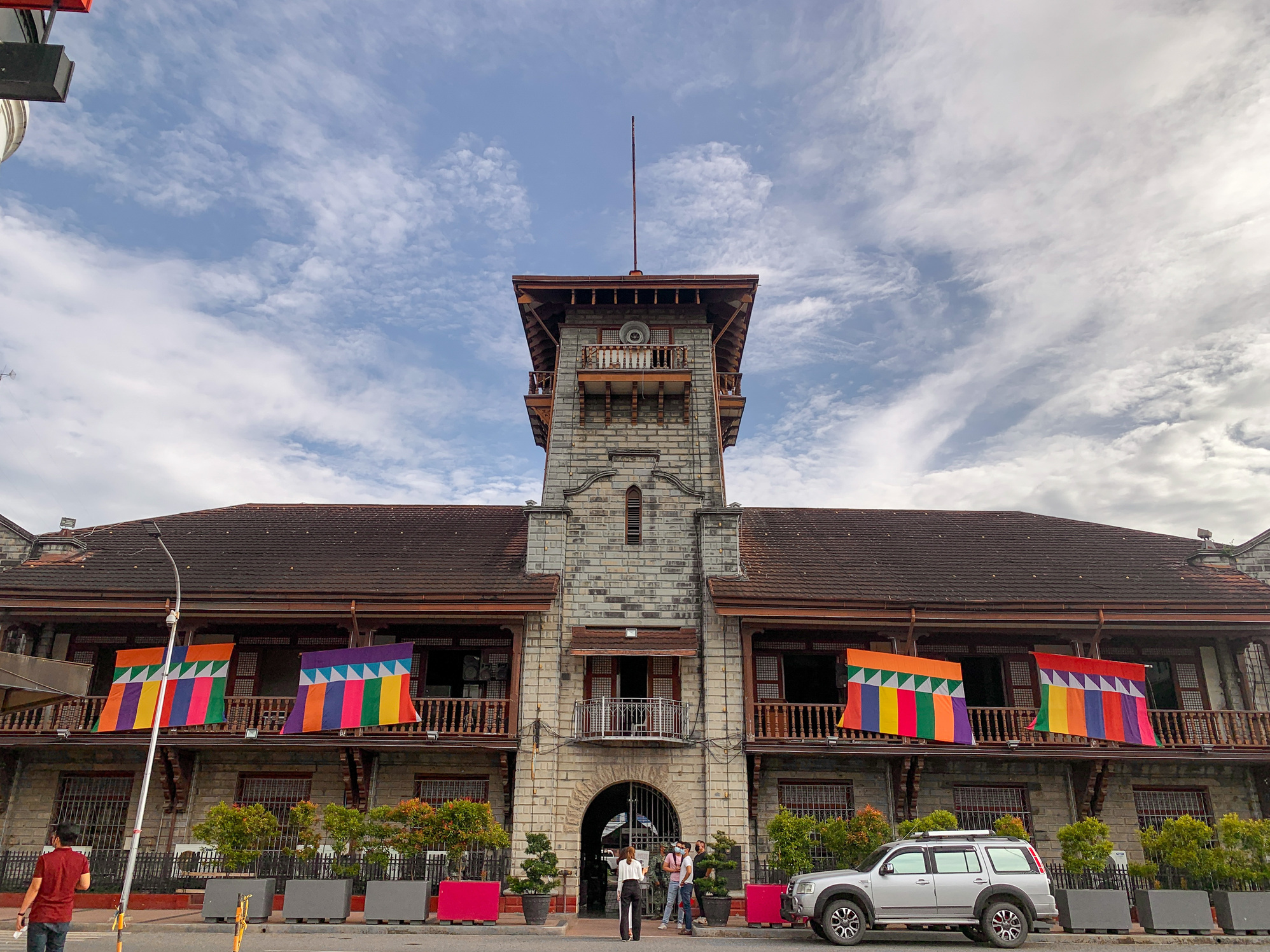
In case you’re not aware, the city has its own Luneta Park too. Rizal Park is located across the Zamboanga City Hall, right at the heart of the bustling Valderoza Street.

Also known as the Real Fuerte de Nuestra Señora del Pilar de Zaragoza, Fort Pilar is a cultural and historical landmark that used to be a fortress against pirates, raiders, and colonizers attempting to capture Zamboanga. The fort is now a regional museum under the care of the National Museum of the Philippines.
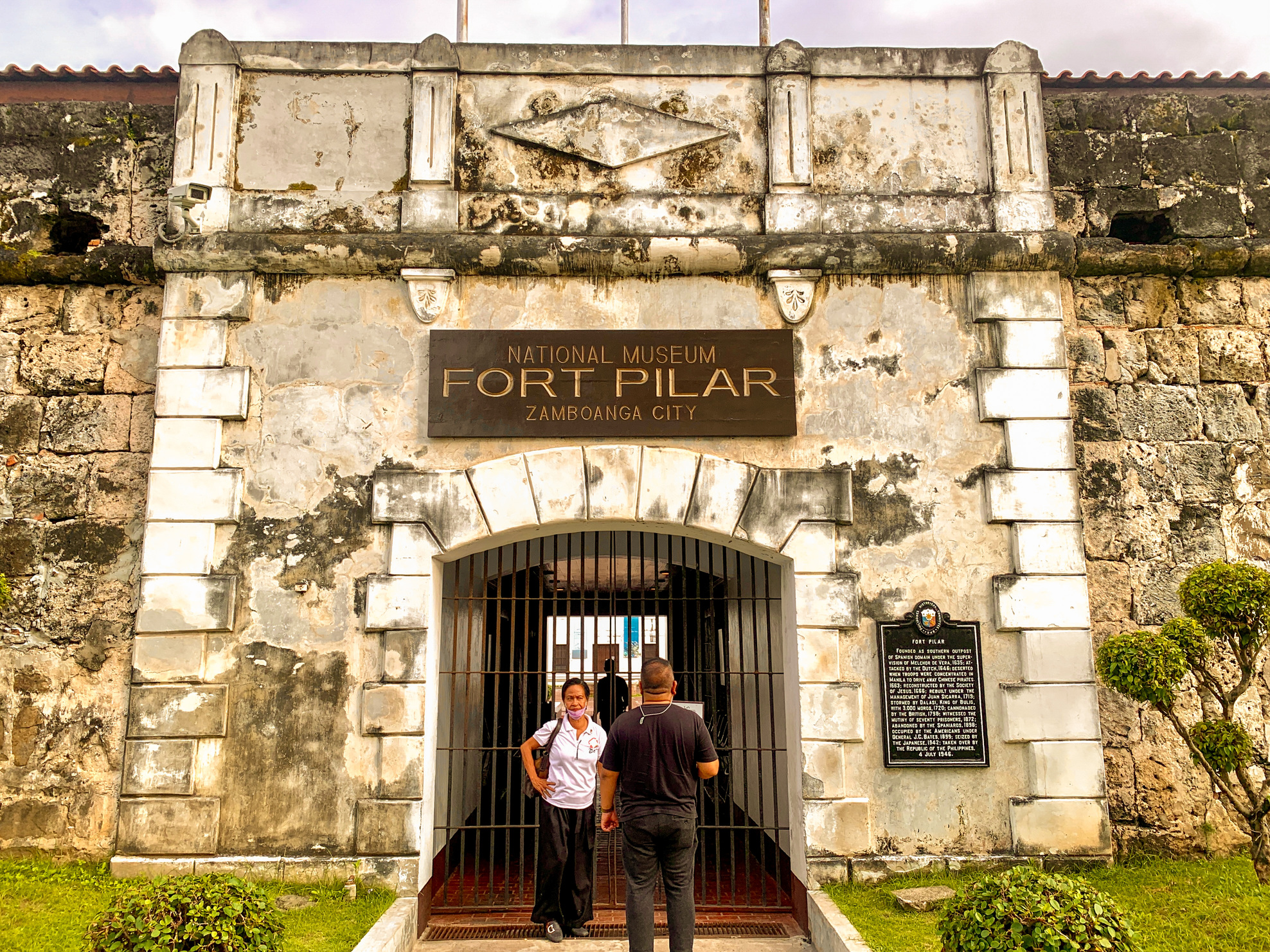
If you’re a history junkie at heart, the El Museo de Zamboanga is the perfect place to get a glimpse of the city’s heritage. Going through the museum feels like experiencing Zamboanga’s past all at once with its priceless artifacts, newspaper clippings, and interesting stories with just a P20-entrance fee.
A taste of serenity
Zamboanga City may be home to over 977,000 people, but it offers an atmosphere of serenity and homeyness. The tourist destination also includes relaxing spots for homophiles wanting to take a break after a jampacked day.
The majestic Pasonanca Tree House, located at the heart of Pasonanca Park, functions as a motel room that guests can rent for a minimal fee. If you’re just visiting to snap Instagram-worthy photos or breathe in the fresh air, make sure to pay P15 to P20 as a parking fee.
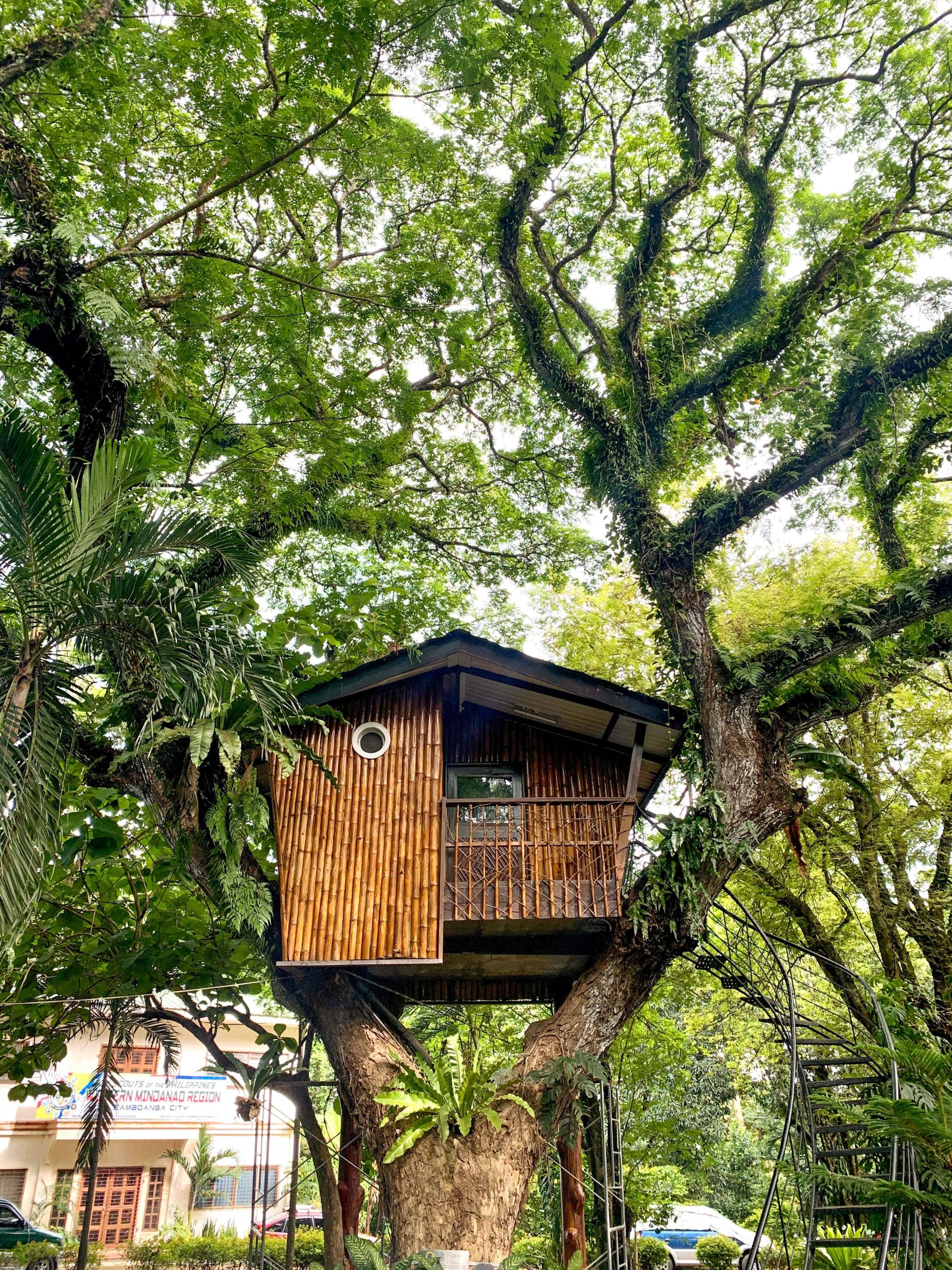
If you’re fond of animal watching, the ZSCMST Bird Sanctuary houses unique species of birds and aquatic animals for your enjoyment. The mangrove is built as a conservatory for birds and fishes that guests can only view from a certain location. While there’s no entrance fee at the area, guests coming in bigger groups need to ask permission from the guards.
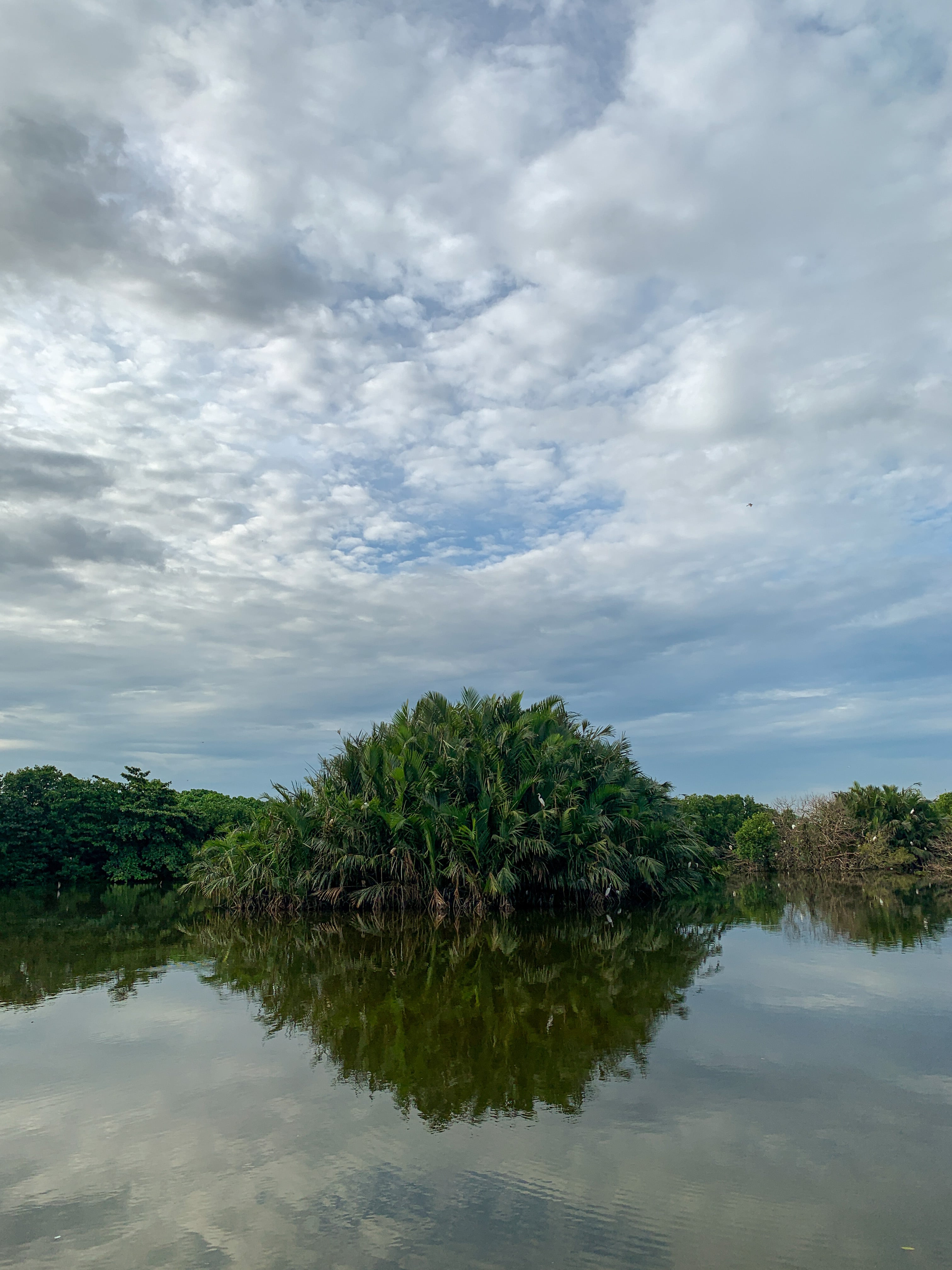
Tourists wanting to end their day on a peaceful note can watch the breathtaking sunset at the RT Lim Boulevard. You can even buy street food from local peddlers during your stay. Just make sure to throw them in the proper disposal area.
A tour around its breathtaking gems
Perhaps, the most rejuvenating part of Zamboanga City is exploring its picturesque beaches. They may be lesser-known than Boracay, El Nido, Coron, or Panglao Beach, but they offer a healing kind of serenity away from larger crowds.
Once Islas boasts of dramatic rock formations, clear blue waters, powdery white-sand beaches, and sprawling aquatic gems for tourists. As its name suggests, this island hopping attraction comprises 11 islands, namely, Sallangan, Simaddang, Lambang-Lambang, Baguias, Kabugan, Panganak, Lampinigan, Sirommon, Baung-Baung, and Bisaya-Bisaya.
However, only Sirommon, Baung-Baung, and Bisaya-Bisaya Islands are open to tourists, as of this writing.
Tourists can either choose from the BiBa Route (covering Baung-Baung and Bisaya-Bisaya islands) or the Island Cruise (covering the three islands and a short cruise around the remaining eight).
You’re not allowed to stay on the island overnight, but you can pay an additional P150 for the cottage rental and P300 for the tour guide fee.
On the other hand, the Sta. Cruz Island rings a bell among water babies because of its pinkish coralline sand. The summer destination is built as an environmental advocacy program to inform tourists about the risks of improper waste disposal, mangrove deforestation, and single-use plastic.
Aside from swimming and snorkeling, tourists can enjoy the picturesque destination by booking a yellow boat tour to see the mangrove trees and the non-poisonous upside-down jellyfish, Cassiopeia. Booking must be done a day in advance, with a roundtrip boat ride for P1,000, an entrance fee of P20, and a terminal fee of P5.
A glimpse of Zamboanga’s culture
Boasting a unique Malay, Muslim, and Spanish heritage, Zamboanga City is also home to cultural gems that tell the eventful story of its humble roots.
The Taluksangay Mosque, which was built in 1885, is described as the largest mosque in the Zamboanga Peninsula. Many of the fixtures were donated by wealthy Taluksangay residents and have been preserved up to this day.
Before entering, make sure that you're wearing below-the-knee dresses, pants, long-sleeved tops, or a cardigan if you easily sweat with the weather.
If you’re fond of fashion, the Yakan Village is a peek into the colorful weaving traditions of the Yakan Tribe. Every fabric is handmade with love and has been converted into many unique pieces. If you’re lucky, you can even experience the art of weaving.
Some of its most unique pieces include shoes, blouses, bags, and face masks, among others.


